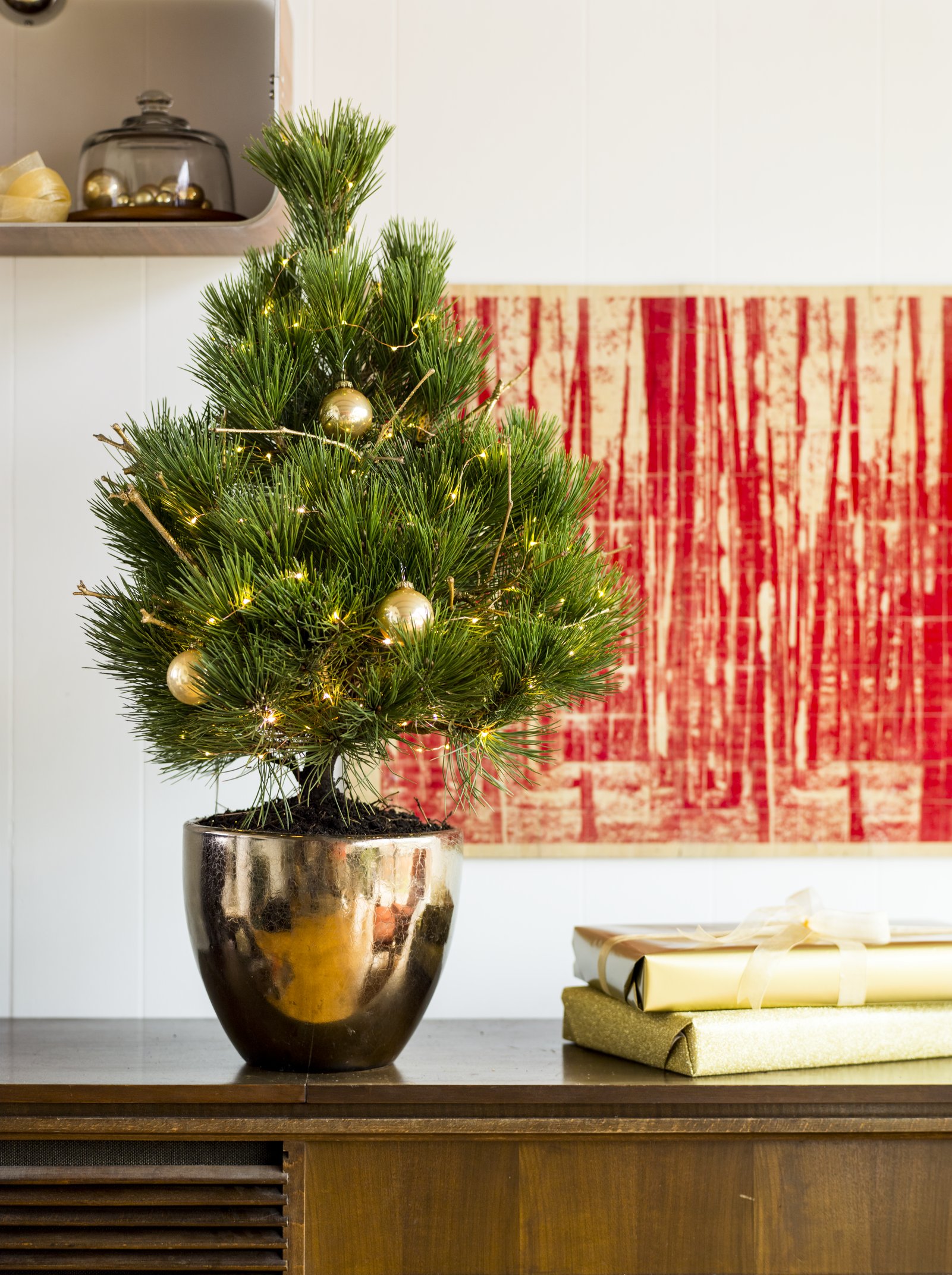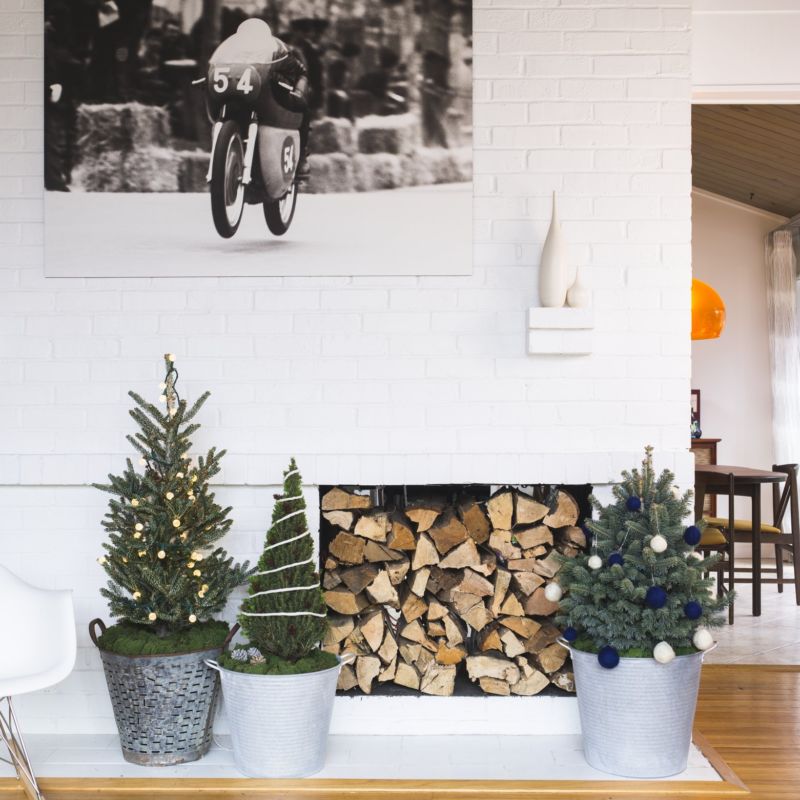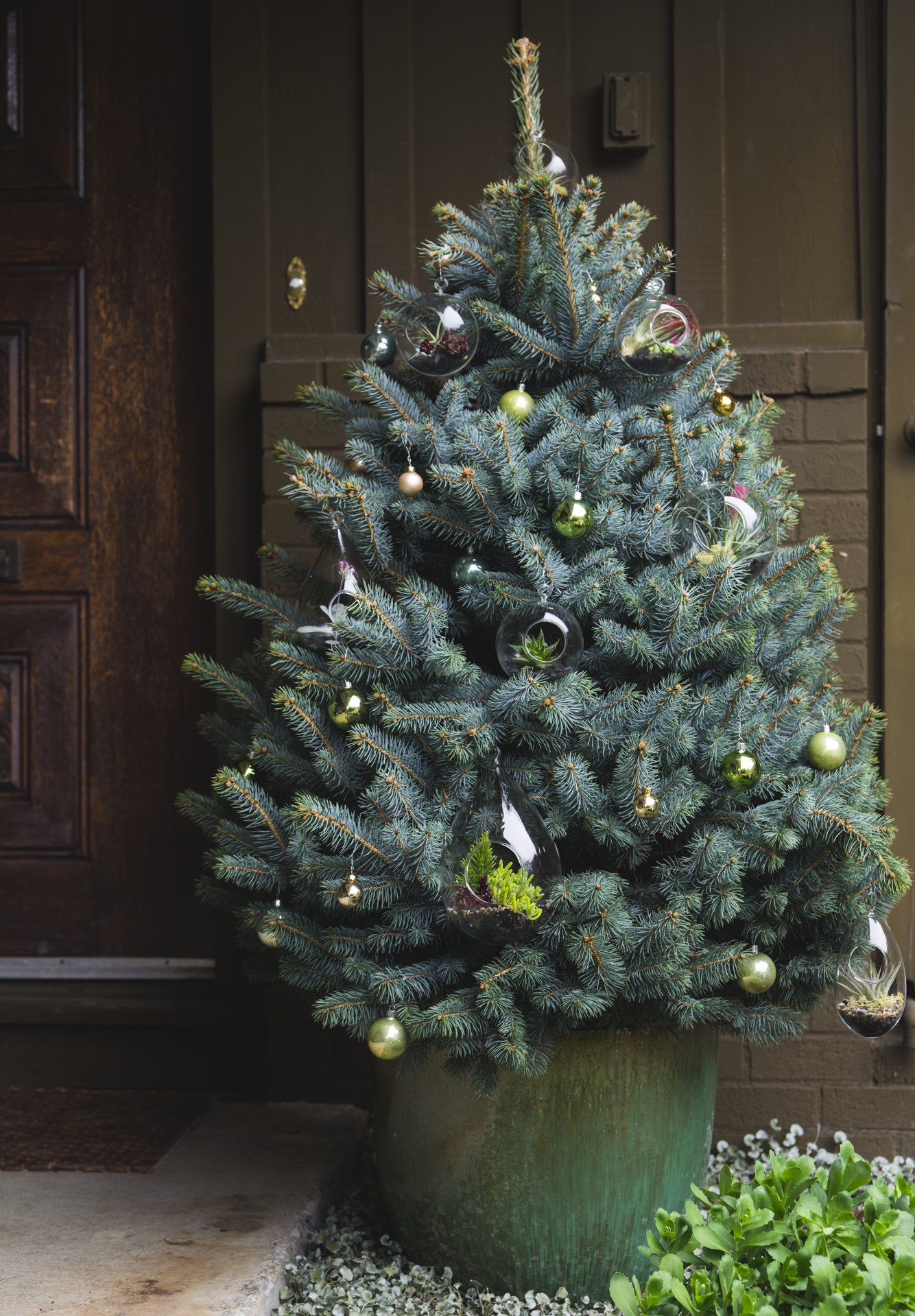
How to Care for a Living Christmas Tree
Skip the Christmas tree lot this weekend and head to your local nursery for the ultimate eco-friendly tree.
We only recommend things we love. If you buy something through our site, we might earn a commission.
Skip the Christmas tree lot this weekend and head to your local nursery for the ultimate eco-friendly tree. For first-time success with a container conifer, follow our tips for keeping your living tree healthy through Christmas Eve and for years to come.
Whether or not you’re keen on going green, getting a potted Christmas tree can make a lot of sense. You only need to purchase a tree once and you’ll be set with a tree to bring in for the holidays for years. Plus, once the fella gets too big, you have a great addition to your garden that can bring back memories of Christmases past.
Caring for a living tree is relatively easy but there are a few factors you should consider.

Thomas J. Story
Plan ahead
Pick a tree that will thrive in your area—a plant nursery can help advise you. Once you’ve picked a tree and brought it home, leave it in a sheltered area such as under a covered porch or a larger tree canopy to help the tree adjust to a change in environment. Hose the tree down once and shake off any loose needles before bringing it indoors.

Thomas J. Story
Avoid disturbing the roots
Leave the tree in the container you purchased it in for the first few months. You don’t want to combine transplanting shock with taking the tree indoors. If the container isn’t all that pretty, drop it into a larger glazed ceramic pot or metal bucket for the holidays. If you pick one without a drainage hole, the container can also catch excess water.
Limit time indoors
Living trees are happiest with cool temperatures and bright, outdoor light. Bring your tree indoors for no longer than 10 day stretches and choose a sunny spot away from any heat vents. You can also place your tree outside your doorstep for a few days to give it a break from the heat and limited light indoors.

